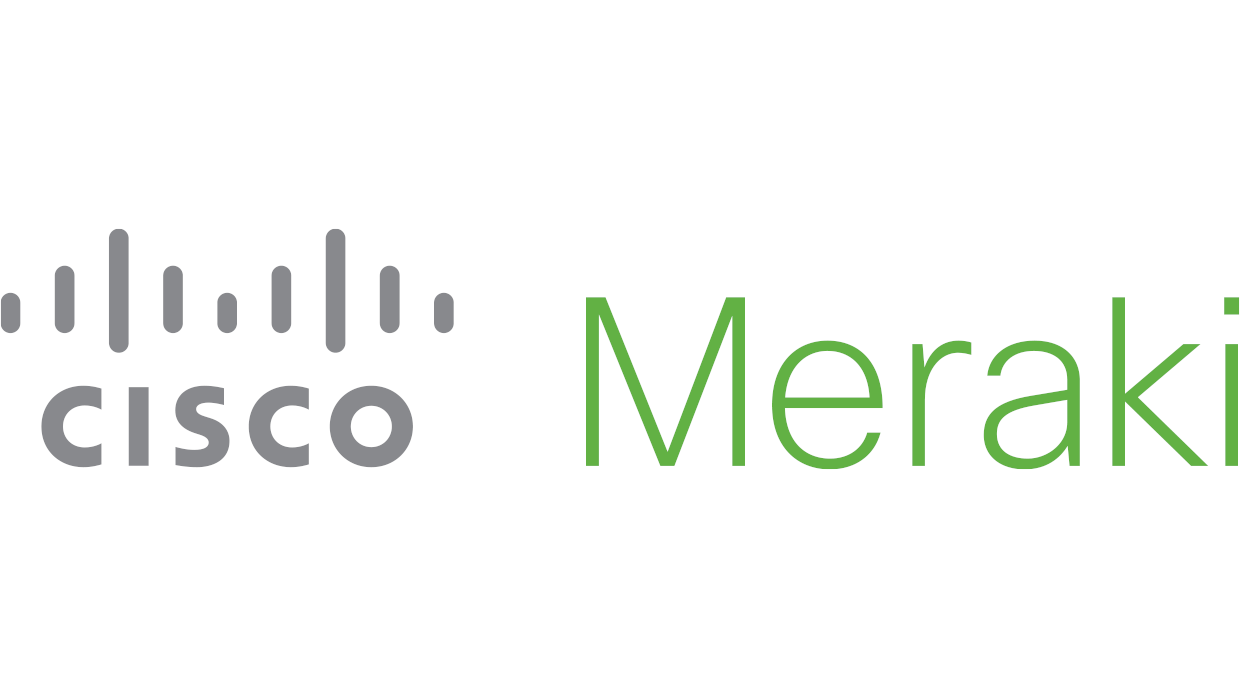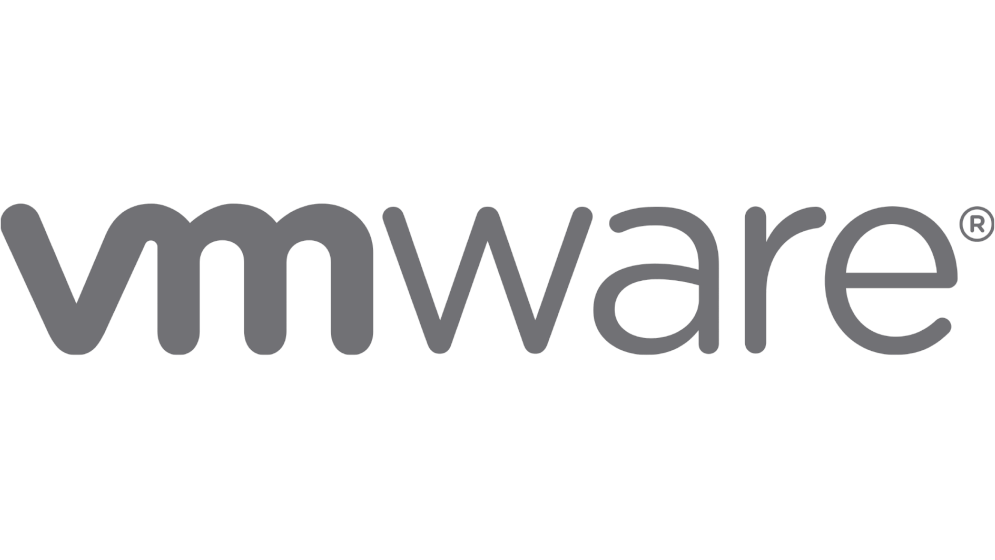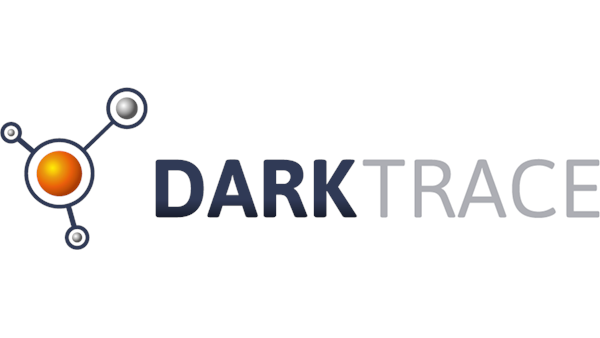We’re gearing up for our SSP Security Symposium on 9/23 by sharing the latest on a variety of security topics! This week we’re looking at Cloud Security, and how configurations in the cloud can be difficult to balance alongside data compliance and security. Learn the risks of cloud misconfigurations and what you need to overcome these challenges in this post — and don’t forget to join us on 9/23 to hear more about Cloud Security from Martin Holste, the CTO of Cloud at FireEye!
Misconfigurations in cloud services present a significant risk, costing organizations worldwide an estimated $5 trillion.
Federal agencies face even greater risks. Vulnerabilities from cloud misconfigurations that are exploited by attackers can impact national intelligence or citizen data. The exposure of this information could have far-reaching implications in terms of the safety and privacy of individuals and systems.
With that in mind, here are some key considerations to minimize these risks.
The Challenges Associated With Cloud Configurations
Many federal agencies are taking advantage of the speed and cost efficiencies of public cloud services such as AWS, Google Cloud and Azure. Although these providers ensure secure infrastructure, the organization must protect what’s inside—including applications, workloads and data. That means they’re also responsible for the configurations of whatever is uploaded to the cloud.
That can be a tall order for several reasons:
Lack of skillsets. The cloud is built on dynamic services and infrastructure that requires unique skills and expertise. Not all federal agencies have or can attract sufficient in-house talent to ensure proper cloud configurations.
Lack of coordination. Cloud security typically falls under the remit of three groups: DevOps, security, and cloud infrastructure teams. If these groups don’t collaborate and tightly integrate their work, misconfigurations are likely.
Lack of visibility. Gaining insight across cloud services can be a daunting task. The environment is dynamic, with near-continuous changes, updates and movement of workloads. If the organization doesn’t have a “single pane of glass” to quickly identify simple misconfigurations, vulnerabilities are a constant risk.
In addition to these challenges, federal agencies must focus on regulatory compliance around data protection. It’s a complex maze of continually auditing to ensure the adherence to regulations such as FISMA, DISA STIGS, and NIST standards.
Overcoming Misconfiguration Challenges
Federal agencies require continuous visibility across their cloud services, and a way to automatically notify teams when a misconfiguration is identified. Doing so not only improves cloud security, it also enhances collaboration and governance.
FireEye Cloudvisory gives federal agencies that necessary visibility. Cloudvisory is a cloud-native security solution that unifies controls to minimize vulnerabilities such as misconfigurations. Cloudvisory provides CISOs with a single pane of glass for:
Deep visibility across cloud workloads and applications. This allows organizations to view network traffic, auto-discover cloud assets in public, private and hybrid clouds, and improve threat detection and alerting. Staff can drill down into risk analysis and cloud security analytics to quickly identify misconfigurations and improve the agency’s security posture.
Continuous compliance. Cloudvisory allows federal agencies to better achieve compliance assurance. It uses automation and built-in, customizable compliance checks for faster analysis, detection and remediation of risks and vulnerabilities that may arise from misconfigurations.
Governance and control. Cloudvisory automatically recommends least-privilege policies to protect cloud workloads, while also continually detecting changes and threats.
In addition, Cloudvisory easily integrates with Mandiant Threat Intelligence. It provides comprehensive data into current, past and possible future threat activity. Combined, these solutions reduce the complexity around cloud security—making teams more efficient, coordinated and prepared.











